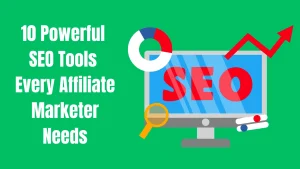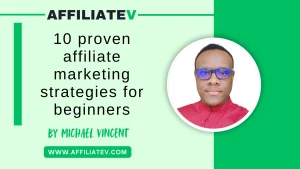Best 15 Ways to Drive Traffic to Your Affiliate Links (Tested and Proven)
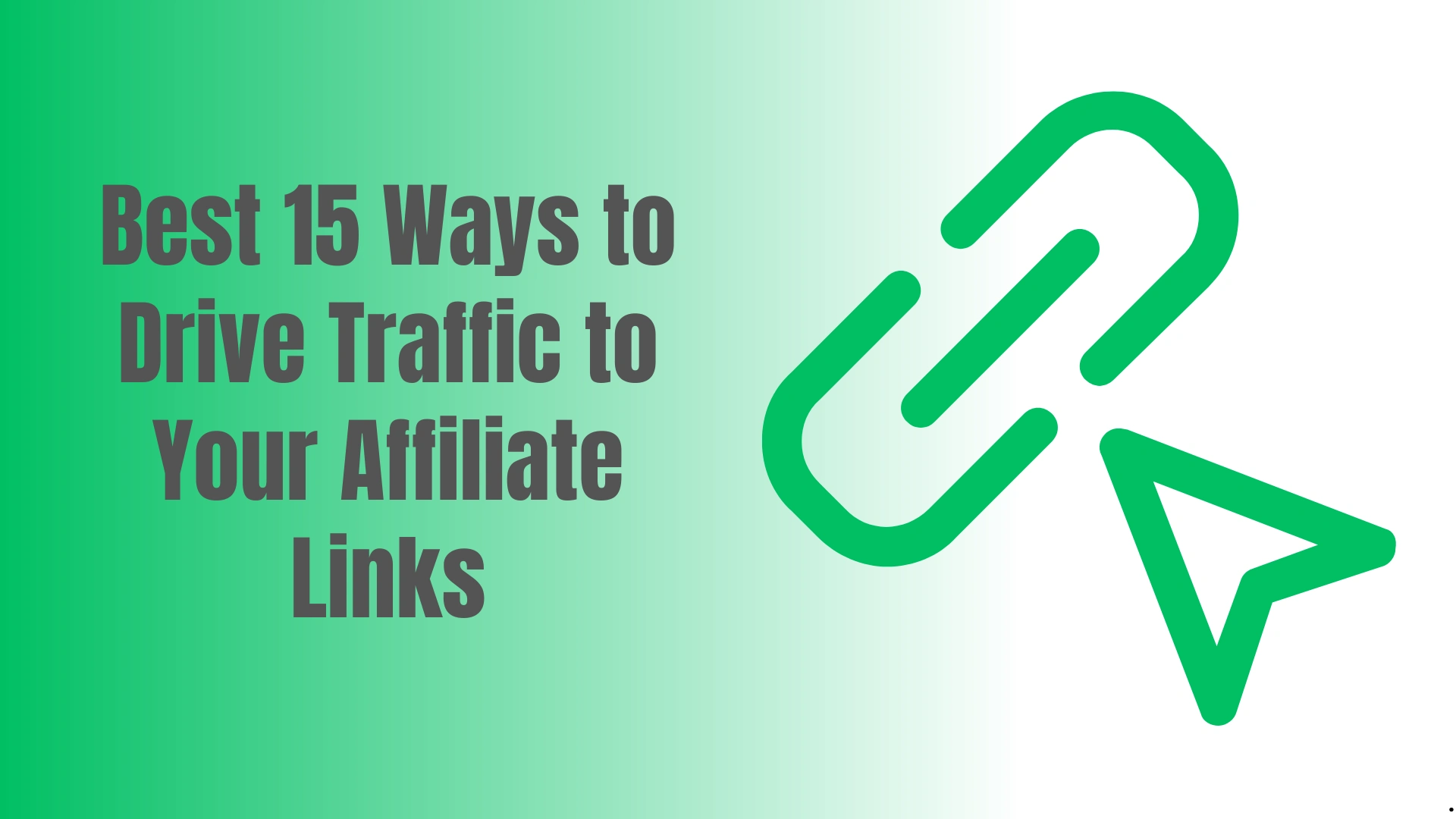
Driving traffic to your affiliate links is the backbone of success in affiliate marketing. You can have the best products and the most convincing content, but without visitors, you won’t make a dime. When I started, I thought simply posting links on social media would be enough—but I quickly learned that not all traffic is equal.
It’s not just about getting people to click; it’s actually about attracting the right audience—the ones ready to take action. Random visitors won’t pay the bills. You need targeted traffic—people already interested in what you’re promoting. That’s what leads to real conversions.
Over the years, I’ve tested different traffic strategies—some worked like magic, others flopped. The 15 methods in this guide are the ones that consistently drive results. Whether you’re starting with zero budget or ready to invest in growth, there’s something here for you. Let’s dive in.
Key Takeaways:
- Targeted traffic matters. Random clicks won’t make sales; focus on reaching people interested in your niche.
- Content is king. Blog posts, videos, and reviews attract and educate potential buyers.
- SEO boosts organic traffic. Ranking on Google brings long-term, free traffic to your affiliate links.
- Social media works. Platforms like YouTube, TikTok, and Pinterest can drive massive engagement.
- Email marketing converts. A well-nurtured email list leads to repeat sales and higher commissions.
- Paid ads can scale quickly. If done right, Facebook and Google Ads bring fast, targeted traffic.
Here Are The Best 15 Ways to Drive Traffic to Your Affiliate Links
These strategies have been tested, refined, and proven to work. You can stick to free methods or invest in paid options to scale faster—either way, you’ll find the right approach here.
1. Content Marketing (Long-term, Free/Low-Cost)
Content marketing is one of the best ways to drive consistent traffic to your affiliate links. It builds trust, attracts the right audience, and generates sales over time. The key is creating valuable content that answers real questions and solves problems.

How It Helps:
- Blog posts rank on Google. Writing keyword-targeted content brings in free, long-term traffic.
- People trust well-researched content. A detailed product review or tutorial increases conversions.
- You own your traffic. Unlike social media, a blog gives you full control over your audience.
What to Watch Out For:
- Results take time – SEO-driven content can take months to rank.
- Quality matters – Weak or copied content won’t attract readers or rank well.
- Consistency is key – Regular updates keep your site fresh and engaging.
When I started, I focused on writing in-depth product comparisons and tutorials. These types of posts perform best because they help people make buying decisions. If you’re new, start by answering common questions in your niche and optimizing posts with relevant keywords. Use tools like AnswerThePublic to find most questions people ask.
2. Search Engine Optimization (SEO) (Long-term, Free/Low-Cost)
SEO is what helps your content rank on Google and brings in free, targeted traffic over time. It’s not just about writing articles—it’s about making sure search engines understand and trust your content. A well-optimized site means more visitors, more clicks, and ultimately, more commissions.

How It Helps:
- Brings in long-term traffic – Once ranked, your content can attract visitors for years.
- Targets people ready to buy – Ranking for “best reviews” or “ vs ” means reaching buyers.
- Increases authority and trust – Google favors sites with solid SEO, making it easier to rank future content.
What to Watch Out For:
- SEO takes time – It can take months to see results, so patience is key.
- Google updates can impact rankings – Algorithms change, and rankings can drop overnight.
- Requires ongoing effort – Link building and fresh content keep your site competitive.
At the beginning of my affiliate marketing journey, I ignored SEO and just wrote whatever came to mind (and this is very common for most beginners). That was a mistake. Once I learned about keyword research and on-page optimization, my traffic started growing. If you want to succeed in affiliate marketing, invest time in learning SEO basics—trust me, it will make a difference.
3. YouTube Marketing (High Engagement, Free/Low-Cost)
YouTube is one of the best platforms for driving affiliate sales. Videos build trust faster than text, and people prefer watching product reviews and tutorials before making a purchase. If you create helpful content, you can attract highly engaged viewers who are ready to buy.
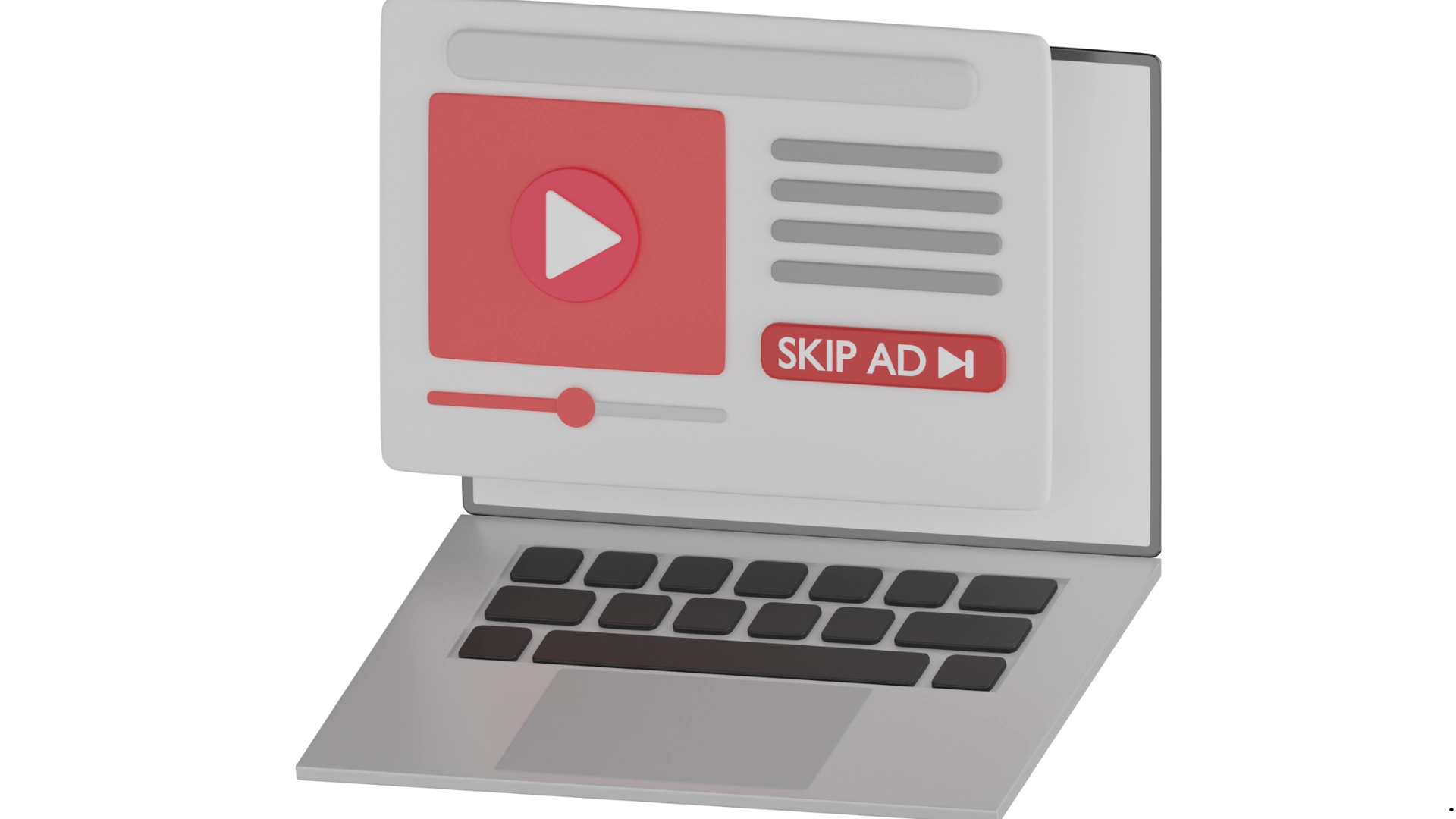
How It Helps:
- Builds strong audience trust – People connect more with video than written content.
- Drives steady traffic – A well-ranked video can bring views and commissions for years.
- Increases conversions – Showing a product in action makes people more likely to buy.
What to Watch Out For:
- Video creation takes effort – Filming and editing can be time-consuming.
- Competition is high – Ranking videos can be tough, especially in crowded niches.
- YouTube rules can change – Policies on affiliate links and monetization may shift.
When I first considered YouTube, I hesitated because I didn’t want to be on camera. Eventually, I realized screen recordings and voiceovers worked just as well. If you’re not comfortable showing your face, focus on tutorial videos or animations—you can still succeed.
4. Email Marketing (High Conversion, Low-Cost)
Email marketing is one of the most reliable ways to drive affiliate sales. Unlike social media, where algorithms control your reach, an email list gives you direct access to your audience. Once someone subscribes, you can send them valuable content, build trust, and promote affiliate products over time.

How It Helps:
- Direct communication – You control the message, not an algorithm.
- High conversion rates – People on your list are already interested in what you offer.
- Long-term asset – An email list remains valuable no matter how platforms change.
What to Watch Out For:
- List building takes time – Growing an engaged list isn’t instant.
- People ignore bad emails – If your content feels spammy, subscribers will tune out.
- Email tools cost money – Free options exist, but serious marketers need a paid service.
I use GetResponse because it’s beginner-friendly and has automation features that make email marketing easier. When I started, I didn’t focus on building an email list—and I regret it. Now, I always recommend collecting emails early. A well-timed email can bring in more sales than weeks of social media posts.
5. Social Media Marketing (Fast Results, Free/Paid)
Social media is one of the quickest ways to get eyes on your affiliate links. Platforms like Facebook, Twitter, LinkedIn, and Instagram let you share content, interact with potential buyers, and build a loyal audience. The key is to provide value first—people ignore spammy affiliate posts, but they engage with helpful content.
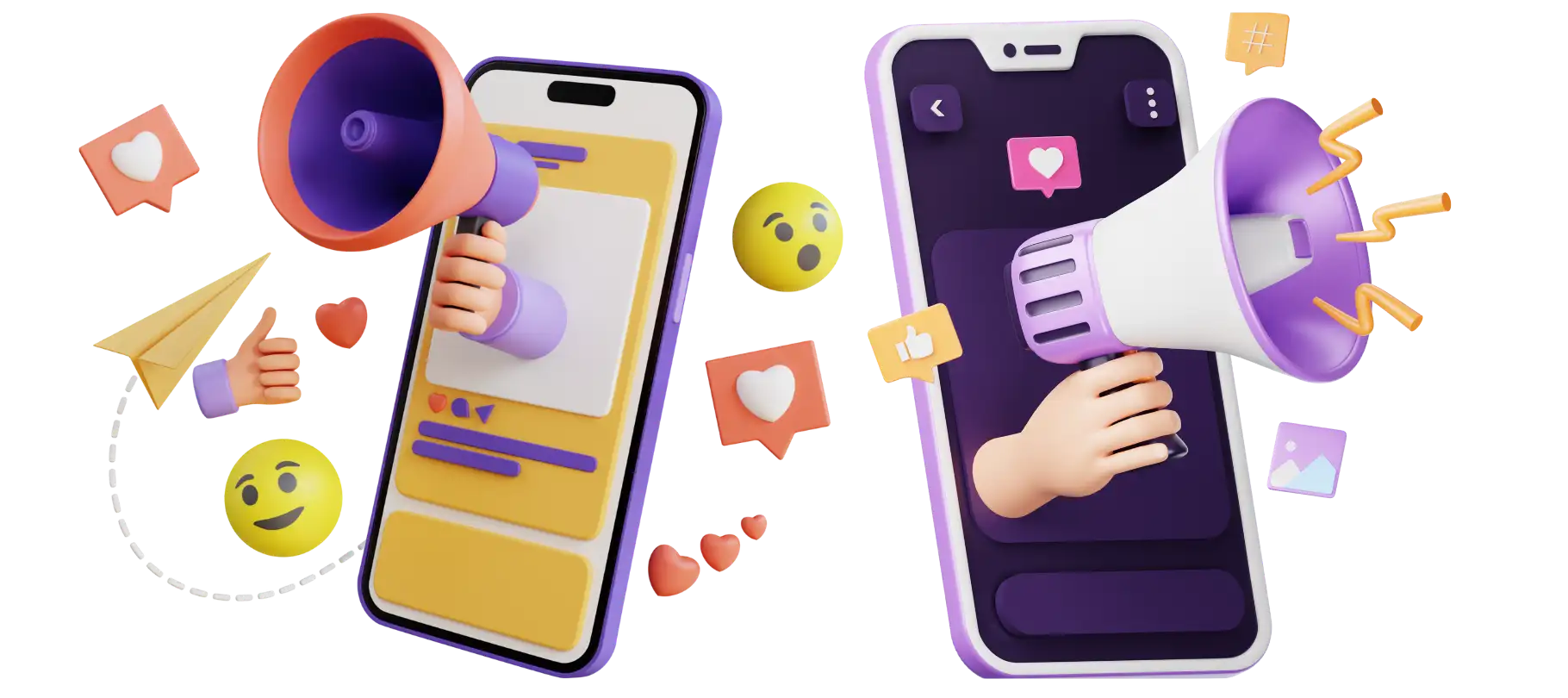
How It Helps:
- Instant exposure – Your posts can reach thousands without waiting for SEO.
- Direct engagement – You can respond to comments, answer questions, and build trust.
- Works with free or paid strategies – Organic reach takes time, but paid ads can speed things up.
What to Watch Out For:
- Organic reach is unpredictable – Algorithms change, and engagement isn’t guaranteed.
- Time-consuming – Consistent posting and interaction are necessary for growth.
- Risk of bans – Over-promoting affiliate links can get your account flagged or restricted.
I use HubSpot to manage social media because it helps schedule posts, track performance, and stay organized. When I started, I manually posted everything by myself, and it was really overwhelming—a big mistake. Automation saves time and ensures consistency, which is crucial for success.
6. Paid Advertising (PPC) (Fast Results, High-Cost)
Paid ads are a fast way to drive traffic and increase affiliate commissions. Platforms like Google Ads, Facebook Ads, and YouTube Ads allow you to target specific audiences based on their behavior, interests, and demographics.
Unlike free methods, you can control the speed and volume of your traffic with paid ads, making it easier to scale your affiliate business quickly.
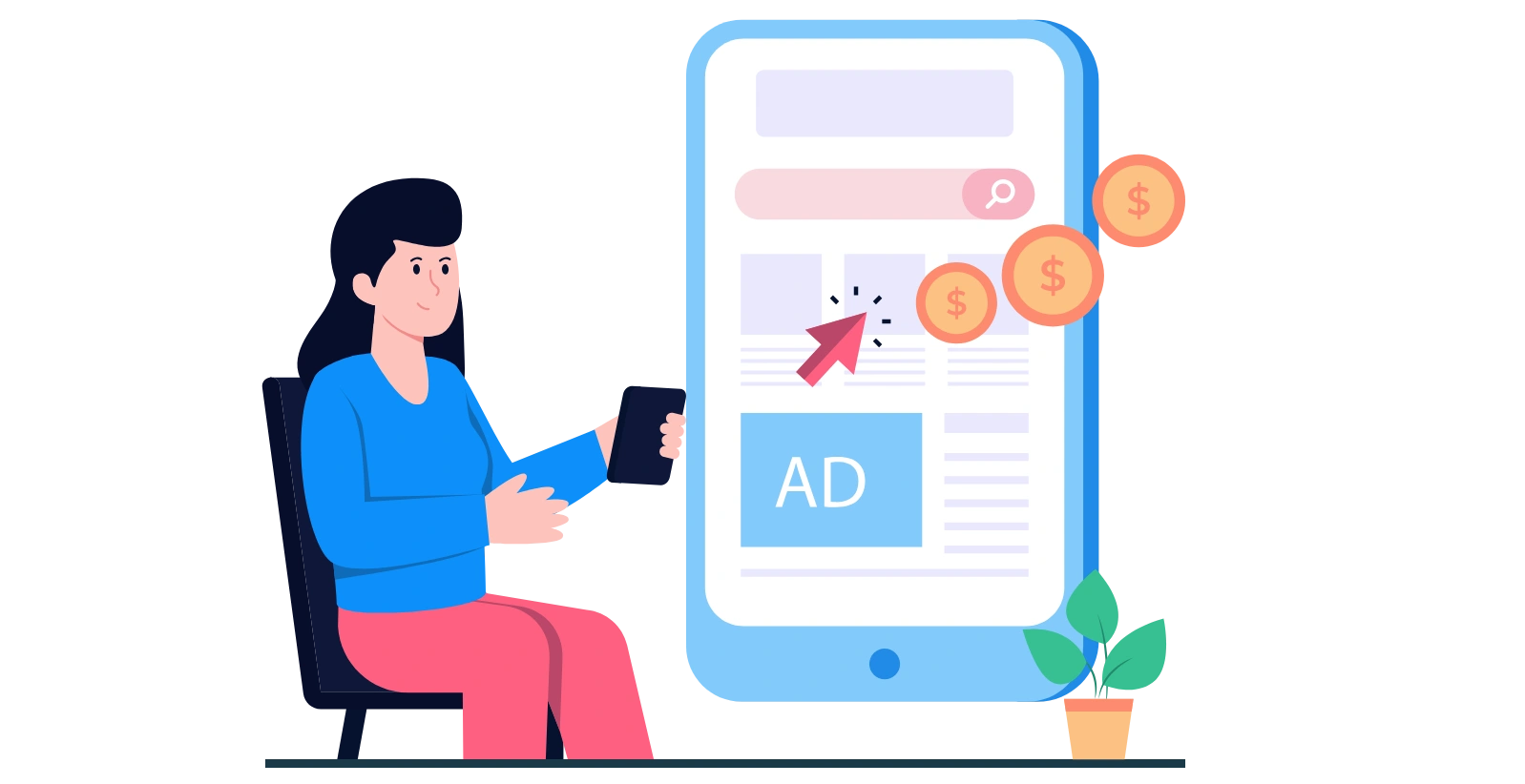
How It Helps:
- Instant traffic – Paid ads bring traffic immediately, unlike organic methods.
- Targeted reach – You can show your ads to people most likely to buy your affiliate products.
- Scalable growth – Once you find profitable ads, you can increase your budget and expand.
What to Watch Out For:
- High cost – Ads can get expensive, especially if you’re not careful with your targeting.
- Requires testing – You’ll need to experiment with different ads to find what works.
- Risk of losing money – If your ads aren’t optimized for conversions, you can burn through your budget fast.
When I first started with paid ads, I focused too much on getting clicks and not enough on conversions. It was a costly mistake. Now, I always optimize for conversions, which means I make sure my landing pages are top-notch and my call-to-actions are clear.
7. Influencer Marketing (High Trust, Medium-Cost)
Influencer marketing is a powerful strategy to build credibility and drive traffic to your affiliate links. By partnering with micro-influencers who have an engaged following in your niche, you can tap into their trust with their audience.
These influencers often have more personal, authentic connections with their followers, which leads to higher engagement and conversions.
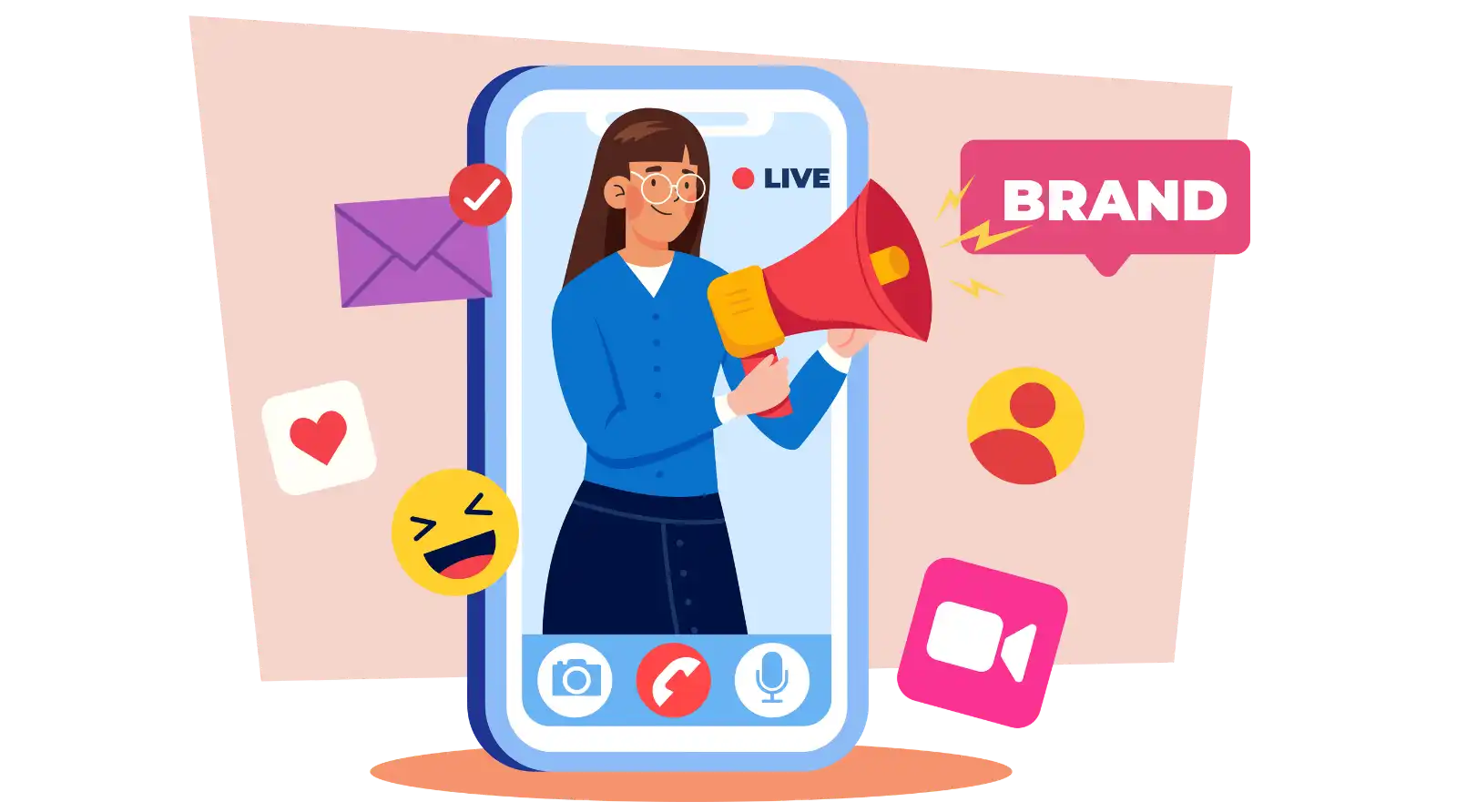
How It Helps:
- Builds trust quickly – Influencers already have the trust of their audience, which boosts your credibility.
- Targeted audience – Micro-influencers focus on specific niches, ensuring your product reaches the right people.
- Cost-effective for smaller budgets – Micro-influencers charge less than major influencers, making it accessible for medium budgets.
What to Watch Out For:
- Not all influencers deliver – A large following doesn’t always translate to high engagement or sales.
- Costs add up – Paying influencers can get expensive, so it’s crucial to track ROI.
- Audience alignment – Make sure the influencer’s audience aligns with your product or service.
I’ve partnered with micro-influencers in the past, and it’s always been a win when the right fit is found. They’ve helped me reach an audience that trusts their opinion, resulting in more conversions than traditional ads. Just make sure the influencer’s followers are genuinely interested in your niche to make the most out of the collaboration.
8. Forums & Online Communities (Free, Long-Term Strategy)
Engaging with online communities like Reddit and Quora can drive targeted traffic to your affiliate links, but it’s all about how you approach it. These forums are full of people looking for advice and answers. By genuinely contributing and offering valuable insights, you build trust before sharing affiliate links. It’s a long-term strategy that requires patience, but it pays off over time.

How It Helps:
- Targeted traffic – You can find niche communities where your audience hangs out.
- Build authority – Providing helpful answers and advice positions you as an expert in your field.
- Free strategy – No costs involved other than your time and effort.
What to Watch Out For:
- Avoid spamming – If you drop affiliate links without value, you’ll quickly lose credibility.
- Time-intensive – Building trust takes time, so this method is a slow-burn strategy.
- Moderation rules – Some forums don’t allow affiliate links, so always check the community guidelines.
I’ve used forums like Reddit and Quora to drive traffic to my affiliate offers (and I still do). It’s one of the most effective ways to reach people who are genuinely looking for answers. But the key is to engage without feeling like you’re just pushing a product. When you build rapport, your affiliate links become a helpful resource instead of a sales pitch.
9. Guest Blogging (Free, Long-Term Strategy)
Guest blogging is a great way to get your affiliate links in front of new, targeted audiences. By writing high-quality, informative blog posts for other websites in your niche, you can tap into their existing audience. The key is to provide real value in your guest posts, and then naturally integrate your affiliate links. Over time, this strategy can drive consistent traffic to your affiliate offers.

How It Helps:
- Builds authority and trust – Writing on established sites positions you as an expert.
- Access to new audiences – You get exposure to readers who might not have found you otherwise.
- No upfront costs – Guest blogging is free, making it an ideal method for those with a limited budget.
What to Watch Out For:
- Quality over quantity – It’s better to write for a few high-quality sites than mass-produce low-value posts.
- Time-consuming – Writing and pitching guest posts can be time-intensive.
- Link placement – Make sure your affiliate links are placed naturally within the content, or they may come across as forced.
I’ve had success with guest blogging, especially when I focused on providing useful, actionable content. The key is to build a relationship with the site owner and ensure your post adds value to their readers. When done right, it’s a win-win: the host gets great content, and you get exposure and affiliate sales.
10. Webinars & Live Streams (High Engagement, Free/Low-Cost)
Webinars and live streams are powerful tools for engaging directly with your audience in real-time. Hosting a webinar allows you to dive deep into a topic and showcase how your affiliate products solve specific problems.
During live Q&A sessions, you can introduce and promote affiliate products in a way that feels natural and helpful, rather than salesy. It’s an excellent way to build trust, engage your audience, and drive conversions.

How It Helps:
- Direct interaction – You can answer questions and address concerns in real-time, building stronger relationships.
- Higher conversion rates – Live, engaging content often leads to better conversions because of the personal connection.
- No upfront costs – There are free tools available (like Zoom or YouTube Live), though premium tools can provide extra features.
What to Watch Out For:
- Technical issues – Live streams can be unpredictable, so always have a backup plan in case something goes wrong.
- Time investment – Preparing for and hosting webinars or live streams takes effort and time.
- Over-promotion – Don’t make the affiliate product the main focus; it should feel like a helpful suggestion, not a pitch.
When I started hosting webinars, I was hesitant about putting myself out there, but the personal connection and interaction with the audience was a game changer. I can say it’s one of the most authentic ways to showcase affiliate products, and it leads to a more engaged, loyal audience.
11. Podcasting (Growing Trend, Free/Low-Cost)
Podcasting is quickly becoming a popular medium for content consumption, and it’s a great way to promote affiliate products while providing value to your audience. By starting a podcast on niche-related topics, you can reach listeners who are more likely to trust your recommendations.
Within episodes, you can mention affiliate products or services that align with the discussion, weaving them naturally into the conversation. It’s an effective way to build authority and trust over time.

How It Helps:
- Reaches a loyal audience – Podcast listeners are highly engaged and tend to stick with hosts they trust.
- Natural product promotion – Mentioning affiliate products during relevant discussions feels authentic, rather than like a direct ad.
- Minimal investment – You can start a podcast with basic equipment and free hosting platforms, making it accessible for most budgets.
What to Watch Out For:
- Consistency is key – It takes time to build an audience, so stick to a regular publishing schedule.
- Audio quality matters – Poor sound quality can turn listeners away, so invest in a decent mic if possible.
- Over-promotion – Just like with webinars, avoid making your affiliate products the main focus of the podcast. They should complement the content, not dominate it.
When I considered podcasting, I saw it as an excellent way to connect with an audience on a deeper level. While I haven’t started my own podcast yet, I’ve seen others successfully integrate affiliate products into their episodes.
It’s a natural way to engage listeners and build trust, and over time, it can lead to consistent affiliate sales. If you’re looking to explore new ways to promote products, podcasting might be worth considering for your affiliate marketing strategy.
12. TikTok & Instagram Reels (High Engagement, Free/Low-Cost)
Short-form video platforms like TikTok and Instagram Reels have taken the internet by storm, offering affiliate marketers a powerful tool to drive traffic. These platforms are perfect for creating quick, engaging videos where you can review products, share tips, or highlight affiliate deals.
The visual and fast-paced nature of these videos allows you to quickly grab your audience’s attention, and the CTA in captions or bio links directs them straight to your affiliate offers.

How It Helps:
- High engagement potential – Short videos are more likely to go viral, helping you reach a wider audience.
- Quick and easy to create – You don’t need fancy equipment. A smartphone and good lighting are enough to get started.
- Direct calls to action – You can easily guide viewers to your affiliate links with simple captions or bio links.
What to Watch Out For:
- Competition is fierce – With so many creators on these platforms, standing out can be challenging.
- Consistency matters – Posting regularly is key to building and maintaining an engaged audience.
- Keep it genuine – Viewers can sense when something feels like a sales pitch, so be authentic in your product recommendations.
While I haven’t personally dabbled in TikTok or Reels, I’ve seen people generate impressive results with just a few well-placed videos. It’s an easy and fun way to introduce affiliate products to your audience. Plus, with the right mix of creativity and consistency, these platforms can deliver impressive traffic and conversions.
13. Pinterest Marketing (Long-Term, Free/Low-Cost)
Pinterest is an underrated goldmine for affiliate marketers. I’ve personally seen great results with Pinterest by creating visually appealing pins that link directly to blog posts, landing pages, or product reviews. People use Pinterest as a search engine for inspiration, so if you create SEO-friendly pins with eye-catching visuals, it can drive consistent, free traffic to your affiliate links over time.
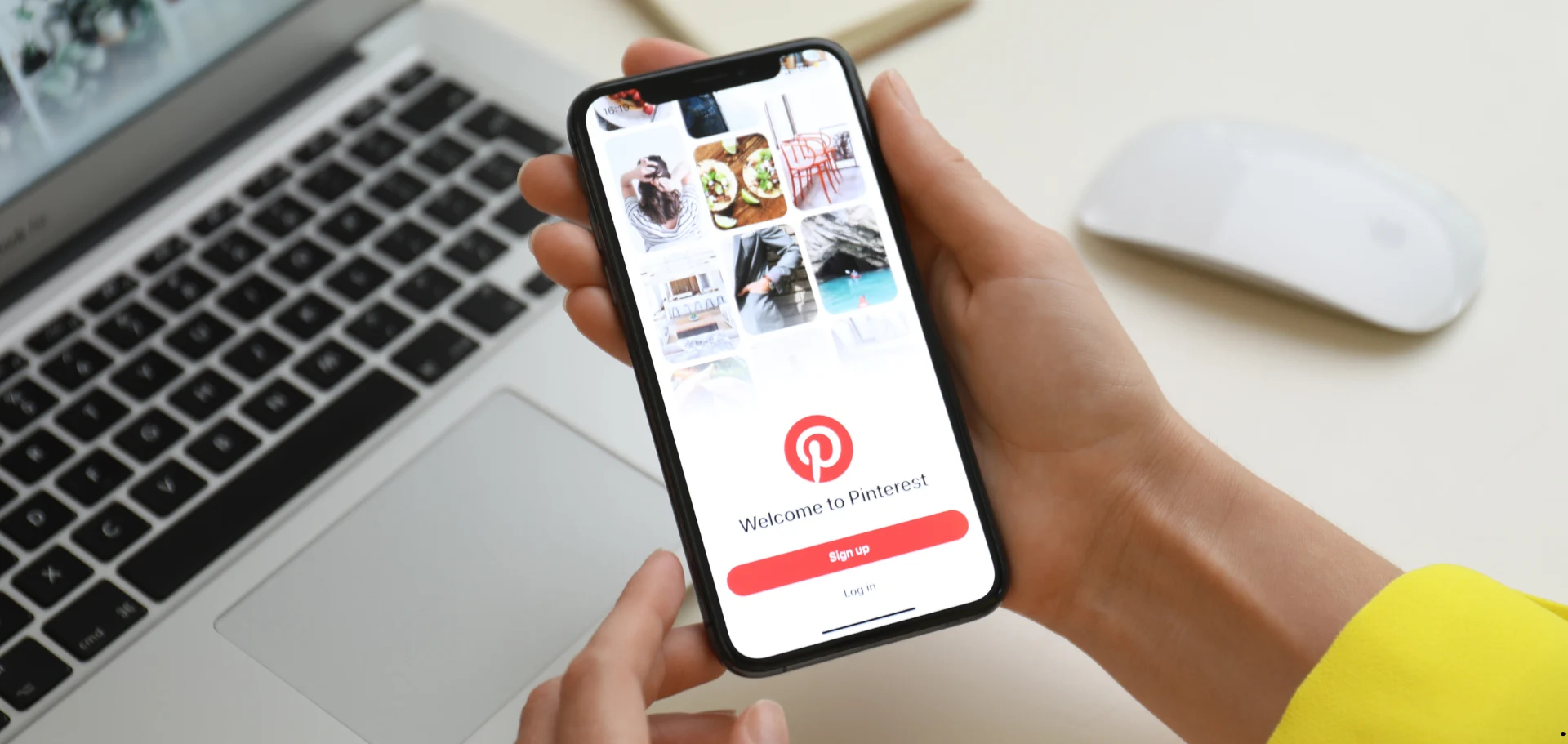
How It Helps:
- Evergreen traffic – Pins stay active long after posting, providing continuous traffic.
- Highly visual – Pinterest is all about stunning images and infographics, which help your affiliate links stand out.
- Search engine potential – By using SEO-friendly descriptions and keyword-rich board names, your pins can rank on Pinterest’s search results.
What to Watch Out For:
- Time investment – Building up your Pinterest presence takes time, especially in the beginning.
- Quality matters – Your pins need to be visually appealing and relevant to your niche. Otherwise, they’ll get lost in the crowd.
- SEO takes practice – It might take a little trial and error to get the best keywords and descriptions that drive traffic.
When I first started using Pinterest, I didn’t expect much, but the results were impressive. Over time, I figured out the right strategy for creating pins that resonated with my audience. Pinterest can be a long-term game, but once you have a strategy in place, it delivers valuable, organic traffic that grows with you.
14. Affiliate Link Cloaking & Optimization (Boosts Trust, Free/Low-Cost)
Affiliate link cloaking is one of those simple yet powerful strategies that can significantly improve your affiliate marketing game. I personally use ThirstyAffiliates, and the experience has been great especially when it comes to managing and optimizing my affiliate links.
By using link-cloaking tools like ThirstyAffiliates or Pretty Links, you can shorten long, ugly URLs and track their performance more effectively. This not only makes your links look cleaner but also helps build trust with your audience.

How It Helps:
- Increased trust – Clean, readable links look more professional and less spammy.
- Easy tracking – Tools like ThirstyAffiliates allow you to track the clicks and performance of each affiliate link.
- Better user experience – Shortened links are easier to remember and share, improving engagement.
What to Watch Out For:
- Overdoing it – Don’t cloak every single link. Use it only for the most important ones you want to track.
- Don’t hide shady links – Be transparent with your audience. Cloaking should never be used to deceive; it’s for improving the user experience.
- Link management – Keep track of your cloaked links to avoid broken or outdated ones from being shared.
When I started out, I used to share raw affiliate links, which didn’t look too professional. After switching to ThirstyAffiliates, I noticed my audience was more likely to click on my links, and my affiliate earnings went up. It’s a small investment of time, but it pays off in trust and conversions.
15. Retargeting Ads (Advanced, Medium-Cost)
Retargeting ads are an incredibly effective strategy to turn past visitors into paying customers. By using Facebook Pixel or Google Retargeting, you can re-engage individuals who have already visited your site but didn’t convert. These ads follow them around the internet, reminding them of the products they checked out or interacted with. It’s like a second chance to close the sale.
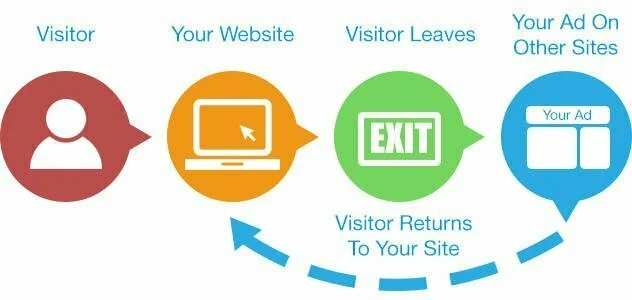
How It Helps:
- Increased conversion rates – Target people who are already familiar with your brand, making them more likely to buy.
- Better ROI – Since you’re advertising to people who’ve already shown interest, the cost per conversion tends to be lower.
- Enhanced brand recall – Constantly reminding past visitors about your products keeps your brand fresh in their minds.
What to Watch Out For:
- Over-saturation – Don’t bombard people with ads; it can lead to ad fatigue and annoy potential customers.
- Ad relevance – Make sure the retargeting ads are relevant to what the visitor looked at, or you risk losing interest.
- Ad setup complexity – Setting up retargeting ads can be tricky if you’re new to it. Start with small, simple campaigns.
In my early days, I didn’t dive into retargeting because I thought it was too complicated. But once I set up Facebook Pixel, I started seeing more conversions from the same traffic. It’s a medium-cost strategy, but the return on investment (ROI) makes it totally worth it.
Conclusion
Driving traffic to your affiliate links doesn’t need to be a mystery or a gamble. You don’t need a massive budget to succeed—what matters most is strategy, consistency, and smart use of the tools at your disposal. Whether you choose to go the free route with content marketing, use social media, or invest in paid ads, there are numerous paths to success.
By implementing these 15 proven strategies, you’ll build a solid foundation for attracting targeted traffic to your affiliate offers. The key is to experiment, learn from the data, and refine your approach as you go. Some methods may work better than others depending on your niche, audience, and resources—but the beauty of affiliate marketing is that there’s no one-size-fits-all.
Remember, not all traffic is equal. Focus on attracting the right audience—the one most likely to convert. And don’t be afraid to scale up as you see results. Consistency, persistence, and continuous improvement are your best friends on this journey.
Stay patient and committed, and you’ll find the traffic you need to make your affiliate marketing business thrive.
Frequently Asked Question
What’s the best strategy to drive traffic to my affiliate links with a small budget?
If you’re on a tight budget, focus on free methods like content marketing, SEO, and social media marketing. Write quality blog posts, optimize your website for search engines, and engage actively on platforms like Facebook, Twitter, and Instagram.
These strategies require time but can pay off in the long run without any upfront cost. Paid ads and influencer marketing can be useful too, but start small, track your results, and scale up once you see positive returns.
How can I make sure the traffic I’m getting is targeted?
Targeted traffic is all about reaching people who are actively interested in the products you’re promoting. You can attract this type of audience by using methods like SEO, where you optimize for specific keywords that match the intent of your ideal customer.
On social media, use niche-focused hashtags and join communities related to your products. The more you narrow your focus, the better your chances of turning traffic into conversions.
How long does it take to see results from these strategies?
The time it takes to see results varies depending on the strategy. SEO and content marketing are long-term strategies that can take a few months to show significant traffic. Social media, email marketing, and paid ads can provide quicker results, though they might need ongoing testing and adjustments.
The key is to stay consistent and experiment with different strategies to find what works best for your audience.
Should I invest in paid advertising for affiliate marketing?
Paid ads can speed up your affiliate marketing efforts, but they come with a learning curve. If you have the budget for it, platforms like Google Ads or Facebook Ads can help you target your niche audience more precisely.
However, avoid spending large amounts without understanding how to optimize your campaigns. Start small, test, and adjust your strategy based on what converts. If you’re new to ads, focus on mastering one platform before branching out.
How do I know which strategy is the best for my affiliate marketing business?
There’s no one-size-fits-all answer here. Your best strategy will depend on factors like your niche, target audience, and available resources. Start by experimenting with a mix of free strategies, such as content marketing, SEO, and social media.
Once you get some traction, consider incorporating paid methods like PPC or influencer marketing. Track everything and adjust as you go. The goal is to continually refine your approach to what drives the most targeted traffic to your affiliate offers.





